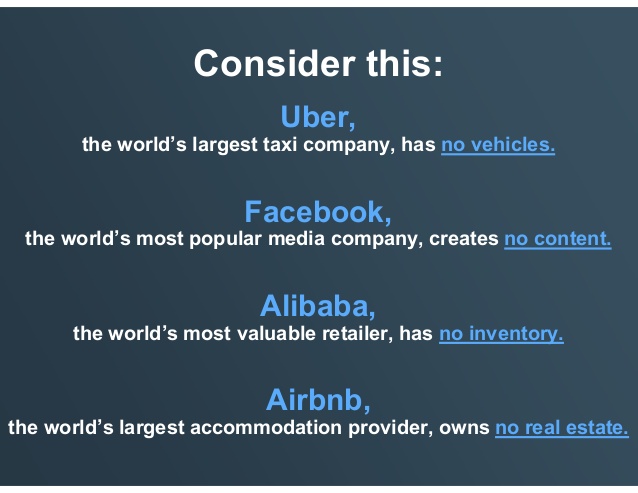According to the United Nations (2017), the current world population of 7.6 billion people will reach almost 10 billion people in 2050. 75% of these people will live in cities. There is a need to drastically change the cities we are currently living in and their architecture, so that these cities don’t become overcrowded and all citizens are able to live together.
Winy Maas, professor at The Why Factory and co-founder, proposes a solution for this worldwide problem that makes use of nanotechnology. After many years of research on how today’s developments in science and computing might allow us to create adaptable environments, Winy Maas came up with ‘The Barbapapa project’.
Barbapapa
As the name suggests, inspiration came from the illustrated cartoon character ‘Barbapapa’. Barbapapa could change his shape intro every single object based on the needs of the characters in the cartoon. For example, when there was the need to cross a river in the cartoon, Barbapapa changed its shape into a bridge. Winy Maas wants to make use of the concept of changeable objects and implement it in living spaces
Architecture
Could nanotechnology be used in architecture? Winy Maas sees an opportunity to use the Barbapapa concept in living spaces. More than 75% of our living spaces are not being used. When we are at work or doing some other kind of activity outside our living space, this space could be used for other purposes.
Winy Maas sees opportunities for buildings transforming in line with inhabitants needs. Finished showering? The bathroom disappears. According to The Why Factory this can be done in the year of 2050. By using nanotechnology, we could be able to create a fully adaptable environment that is flexible and adapts to needs.

How?
By using a new substance that could be steered and altered in real time. The material that will be used can change shape, shrink and expand. This material is called Barba. “Barba is a fantastic matter that does whatever we wish for,” says Winy Maas. “You can programme your environment like a computer game. You could wake up in a modernist villa that you transform into a Roman Spa after breakfast. Cities can be totally transformed when offices just disappear after office hours.” (MVRDV, 2015)
Living in Barbapapa houses might seem science fiction at the moment, but it is closer than we have ever thought.
References
https://dewerelddraaitdoor.bnnvara.nl/media/378314
https://fd.nl/fd-persoonlijk/1205034/ik-ben-geen-architect-die-zijn-baby-aflevert-en-m-dan-loslaat

